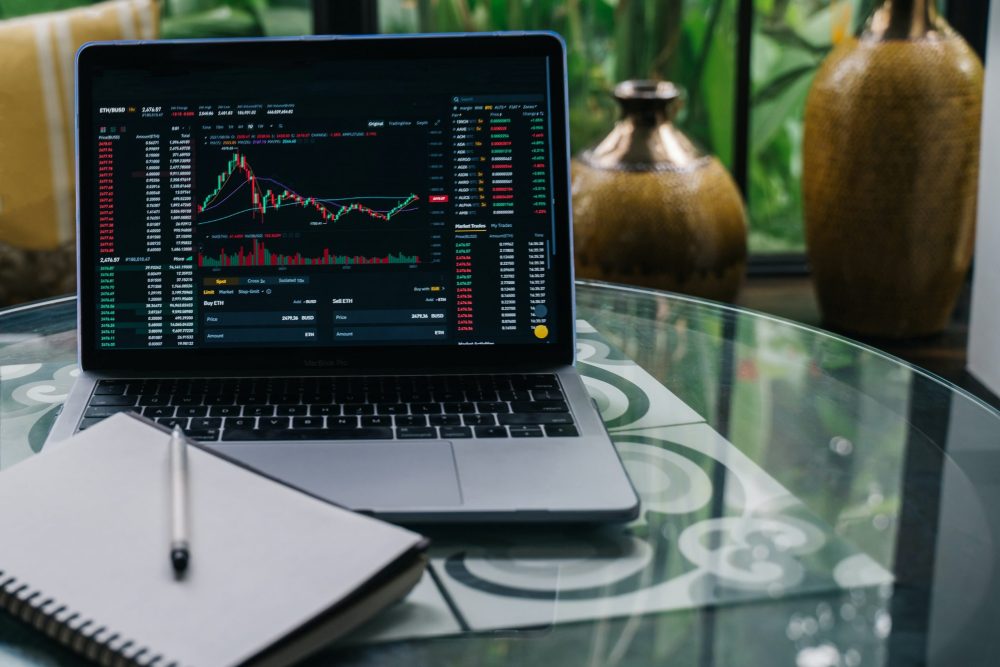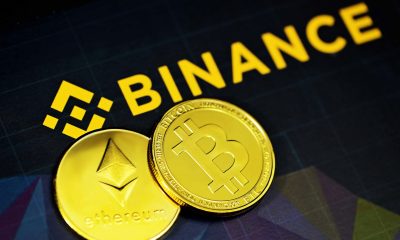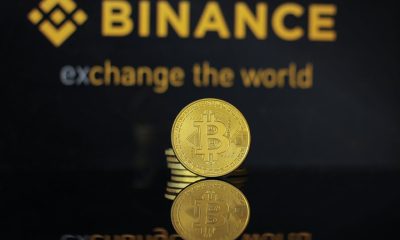Crypto
Will Stablecoins Listing on Stock Exchanges Lead to Further Price Increases?
Despite initial concerns and market turmoil, the influx of stablecoins onto exchanges indicates renewed interest in the crypto market. As prices recover and stabilize, users are increasingly attracted to the opportunity’s cryptocurrencies offer, with stablecoins serving as a bridge between fiat and digital assets. USDT is the most liquid stablecoin in the world with a market capitalization of $83.12 billion

With crypto prices recovering and moving higher, led by Bitcoin and Ethereum breaking through critical liquidation levels and reaching multi-week highs, on-chain data shows a growing influx of stablecoins such as USDT and USDC into centralized cryptocurrency exchanges.
As of June 22nd, the net flow of stablecoins to exchanges reached +$153.3 million, indicating that more users are choosing to deposit their coins on ramps instead of making withdrawals. This suggests that users are becoming more interested in buying or trading crypto assets in hopes of profiting from the emerging trend.
Read more about stablecoins and find the most important business news of the day with our companion app Born2Invest.
USDT is the most liquid stablecoin in the world with a market capitalization of $83.12 billion
According to research firm IntoTheBlock, the current stablecoin flow of +$153.3 million represents an improvement from the outflow of $364.72 million observed on June 13. This indicates that more stablecoins were withdrawn from cryptocurrency exchanges at that time.
During this period, major cryptocurrencies such as Bitcoin and Ethereum hovered near their June 2023 lows, and their prices experienced a decline after the U.S. Federal Reserve decided to pause interest rate hikes after ten consecutive increases and keep rates in the 5% to 5% range 5.25%. The market interpreted this as a bullish signal for the US dollar, which led to downward pressure on crypto prices.
In addition, there were concerns about regulatory action against leading cryptocurrency exchanges such as Binance and Coinbase, which could impact liquidity. The U.S. Securities and Exchange Commission (SEC) filed a lawsuit against Binance, accusing it of facilitating trading in unregistered securities. The regulator cited the BUSD stablecoin as an example of an unregistered security and raised fears of a possible domino effect that could impact other stablecoins such as USDT and USDC.
Since then, however, there have been no further comments or mentions from regulators, in the United States or elsewhere, suggesting that any of the top stablecoins would be classified as securities within the country.
Currently, USDT is the most liquid stablecoin in the world with a market capitalization of $83.12 billion. It is the third most valuable token, just behind Bitcoin and Ethereum. Tether Holdings acts as the issuer of USDT.
In May 2023, Tether Holdings announced its plan to use up to 15% of its realized operating profit to purchase Bitcoin in order to diversify its reserves. Currently, its reserves consist of a mix of fiat currencies, cash equivalents, and commercial paper. Given the deflationary nature of Bitcoin, this move is seen by Tether Holdings as an attempt to hedge against inflation. Furthermore, Tether Holdings recognizes the potential growth and value of digital currencies and is positioning itself to benefit from their expansion.
Despite initial concerns and market turmoil, the influx of stablecoins onto exchanges indicates renewed interest in the crypto market. As prices recover and stabilize, users are increasingly attracted to the opportunities cryptocurrencies offer, with stablecoins serving as a bridge between fiat and digital assets.
__
(Featured image by Anna Tarazevich via Pexels)
DISCLAIMER: This article was written by a third party contributor and does not reflect the opinion of Born2Invest, its management, staff or its associates. Please review our disclaimer for more information.
This article may include forward-looking statements. These forward-looking statements generally are identified by the words “believe,” “project,” “estimate,” “become,” “plan,” “will,” and similar expressions. These forward-looking statements involve known and unknown risks as well as uncertainties, including those discussed in the following cautionary statements and elsewhere in this article and on this site. Although the Company may believe that its expectations are based on reasonable assumptions, the actual results that the Company may achieve may differ materially from any forward-looking statements, which reflect the opinions of the management of the Company only as of the date hereof. Additionally, please make sure to read these important disclosures.
First published in COIN KURIER, a third-party contributor translated and adapted the article from the original. In case of discrepancy, the original will prevail.
Although we made reasonable efforts to provide accurate translations, some parts may be incorrect. Born2Invest assumes no responsibility for errors, omissions or ambiguities in the translations provided on this website. Any person or entity relying on translated content does so at their own risk. Born2Invest is not responsible for losses caused by such reliance on the accuracy or reliability of translated information. If you wish to report an error or inaccuracy in the translation, we encourage you to contact us.

-

 Cannabis1 week ago
Cannabis1 week agoAurora Cannabis Beats Expectations but Faces Short-Term Challenges
-

 Crowdfunding5 days ago
Crowdfunding5 days agoSavwa Wins Global Design Awards and Launches Water-Saving Carafe on Kickstarter
-

 Biotech2 weeks ago
Biotech2 weeks agoAsebio 2024: Driving Biotechnology as a Pillar of Spain and Europe’s Strategic Future
-

 Business10 hours ago
Business10 hours agoDow Jones Nears New High as Historic Signals Flash Caution
























